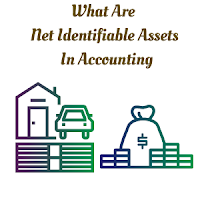What is Commission Expense In Accounting

Commissio n Expense is an Expense for the company to pay to the sales manager for the services rendered in order to made Sales for the company during the accounting period. It is recorded on Income Statement as an Operating Expense. Commission Expense Paid Journal Entry Whe n the compan y paid commission expense for Cash or Cheque or Check, then following entry is recorded as shown below: Commi ssion Expense a/c XXX Cash a/c / Bank a/c XXX (Commission Paid For Cash / Cheque or Check) The Commission Expense doesn’t have any normal or usual balance as it is a Temporary Account which is closed to Income Summary Accou nt which is finally closed to Statement or Profit And Loss Account at the










